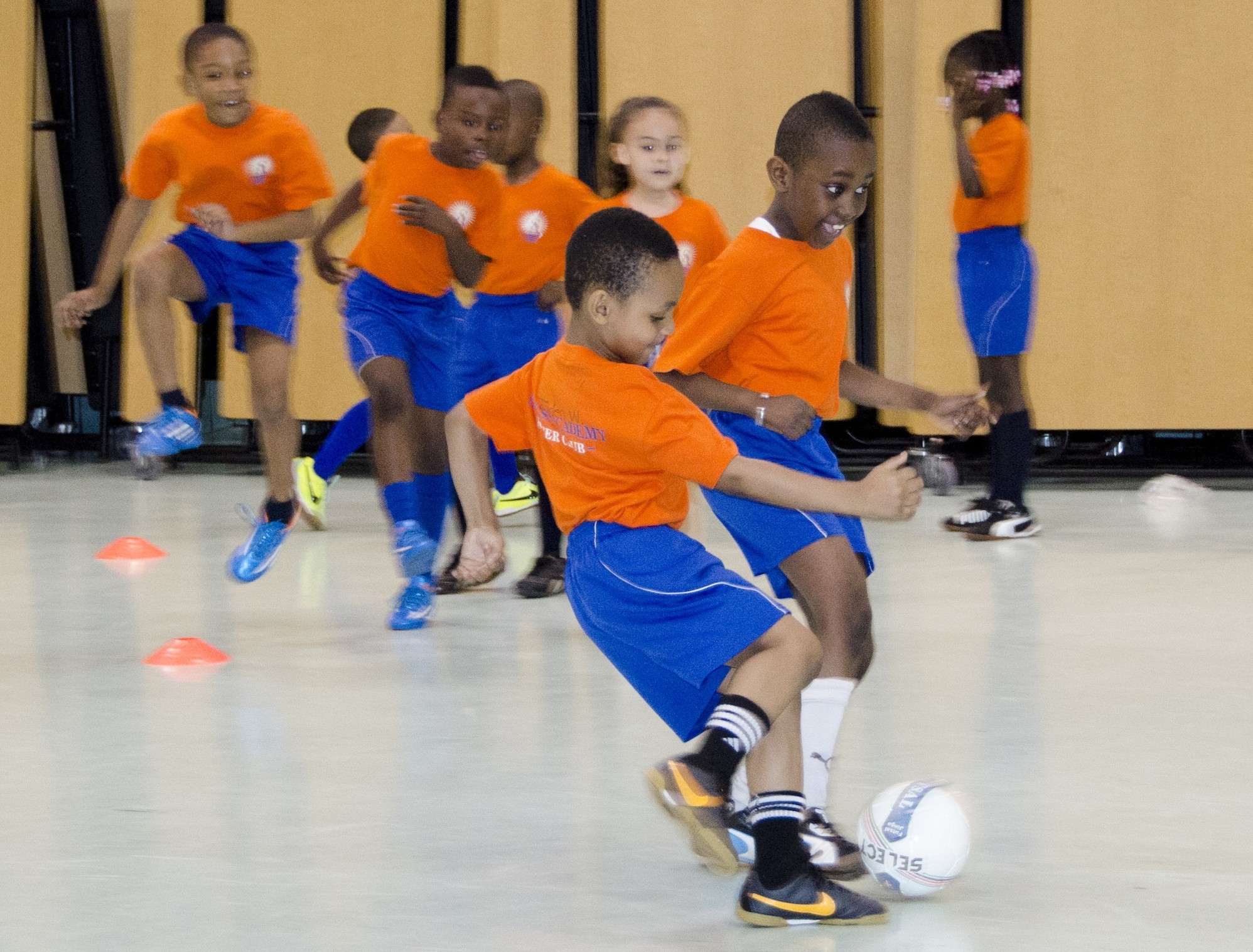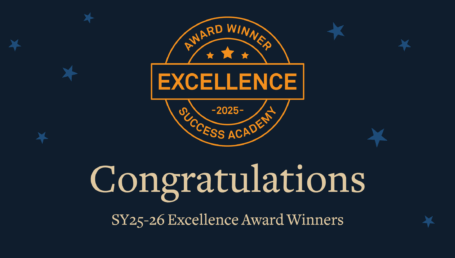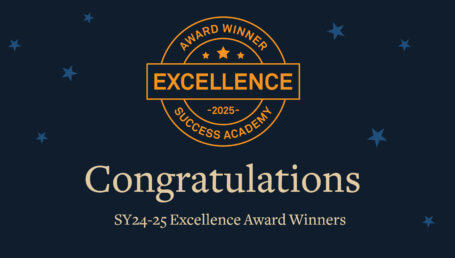
If you think that Americans are not crazy about soccer, think again.
Soccer (or football as most of the world calls it) is the third-most-played team sport in the United States behind basketball and baseball. If that’s not enough to convince you of its soaring popularity, consider that, in 2013, Argentinian soccer player Lionel Messi ranked as one of the top ten most popular athletes in the U.S. That was the first time a soccer player ever made the list. The sport is especially popular with young Americans, ages 12 through 24.
So, why is the U.S. not producing more high-caliber soccer players to rival those in Europe and in other soccer-obsessed parts of the globe?
I have been asking this question since I left Europe to play and coach soccer in the U.S almost a decade ago. My own experience tells me that the real reason has much to do with how the sport is played in America. In the U.S., the emphasis is on competition and winning rather than on learning the fundamentals of the sport from an early age. Overzealous parents can also do more harm than good. But the biggest culprit is the pay for play model in the U.S. that restricts access to top-quality soccer programs to the few who can afford it, making it extremely difficult for disadvantaged children to ever become great players.
So when I was offered the opportunity to start a soccer program at Success Academy that would upend the status quo, I couldn’t resist. I left a coaching career with elite soccer youth clubs in the tristate area and joined Success Academy. Together with other coaches, we have started a one-of-a-kind program that puts children at SA elementary schools on a path to gain the skills to compete with the best soccer players in the state and the country.
All SA scholars are exposed to soccer starting in first grade – at no cost to their families. But they will not compete for several years, not until they have developed fundamental skills and a professional mindset. We even discourage families from attending practice; it helps our athletes maintain focus. Instead of trophies, we teach our students that the best reward is what they take away from practice.
You also won’t find our athletes playing “traditional” soccer on an outdoor field. At the elementary school level, our students play futsal, a variant of the sport that was developed in Brazil and some say is responsible for the brilliance of that country’s soccer players. Futsal uses a smaller ball with less bounce than a regular soccer ball. It teaches players to think fast, be quick with their feet and control the ball closely. Since some of our schools don’t have access to a gym or an outdoor field, our students play in the cafeteria, in the hallways or even on the auditorium stage. It is not always ideal, but these kids need practice! Our students know that world-class facilities will not turn them into world-class players; what matters most are motivation, creativity, discipline, respect and a professional mindset.
Over the summer, I called my student athletes to ask how their summer was going. All of them watched the World Cup and were eager to share with me their own analyses of the games. Since then, one scholar, Mohamed, has not been able to stop talking about soccer. He watches YouTube clips constantly to mimic the moves. He once called me to say that he had learned a difficult soccer flick called a rainbow after studying top players do it. Another scholar, Maguette, said soccer is helping her become a strong leader on and off the field. Jamal, who had never played soccer in his life, loves the game so much, he goes to sleep with a soccer ball and plays everywhere he goes. His mother told me that his confidence grew the moment he started playing with the team, and it now reflects on his academics.
When I was a child in Serbia, I played soccer every day. I played throughout my youth, even through the wars and the bombings that my country experienced. The soccer field was my refuge, a place where I felt safe. It was also a place where I was able to express myself and shine. I am encouraged to know that my students are discovering a similar passion for the sport that gave me so much, including the opportunity to have a great education and a rewarding career.











